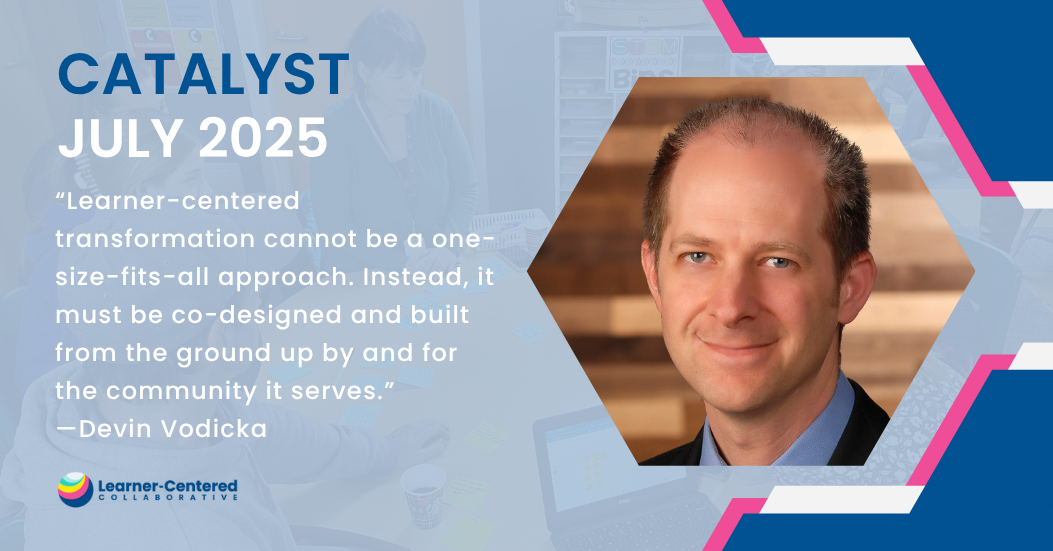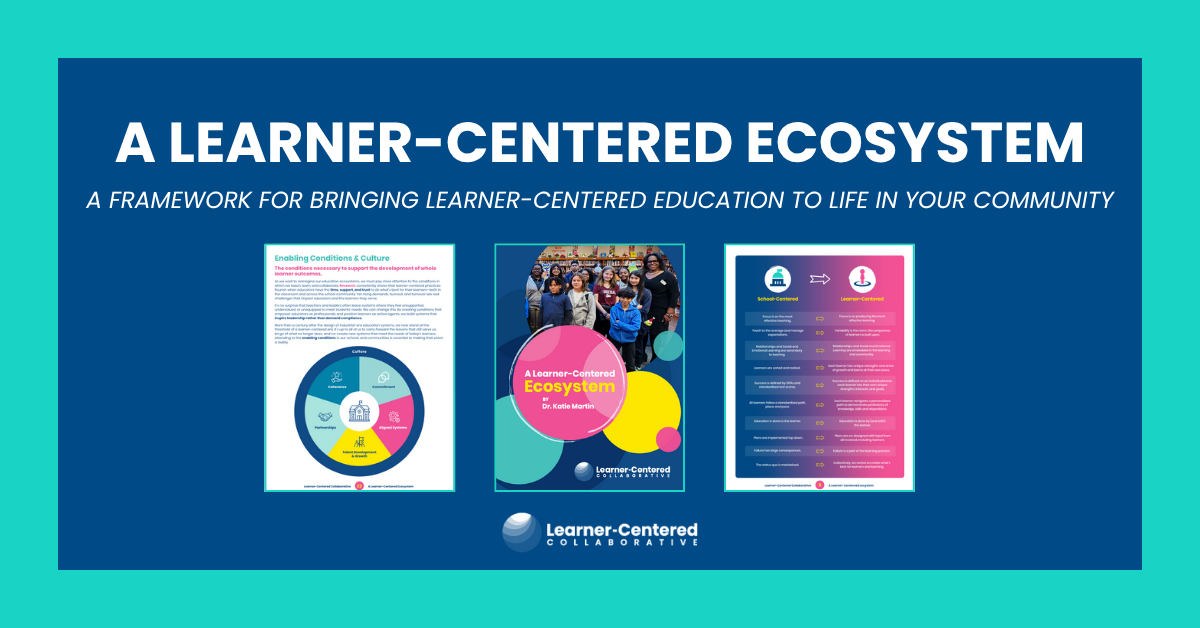Rethinking College and Career Readiness in a Hybrid World
Go to just about any school or district website and there will be a claim about preparing students to be “college and career ready.”
According to Inside Higher Education, the most recent pre-pandemic data from the Department of Education’s Integrated Postsecondary Education Data System indicates that 37% of college students in the US took at least one online class in fall 2019. That number jumped to over 50% in the early stages of the pandemic.
McKinsey surveyed more than 25,000 working adults in Spring 2022 and found that a staggering 58% of Americans work at least one day per week from home and 35% now have the option to work from home full-time. According to their research, “What makes these numbers particularly notable is that respondents work in all kinds of jobs, in every part of the country and sector of the economy, including traditionally labeled ‘blue collar’ jobs that might be expected to demand on-site labor as well as ‘white collar’ professions.”

Unfortunately the shift to more flexible, hybrid models in both college and career is happening at the same time as our education system is reverting back to a rigid, seat-time based system that was designed for a different era. While there are legitimate reasons to provide in-person K-12 schooling, our factory-model of teaching and learning still relies very much on an approach in which we tell students what to do, when to do it, and how to do it. When they leave high school, our students are now very likely to enter into college or career situations where they will be largely unsupervised. Accountability will come in the form of productivity and performance.
There is an urgent need for us to reconsider what it means to ensure that learners are prepared for college and career. How might we better prepare students for flexibility? If self-management is required, how might we create experiences that promote self-directed learning?
How might we shift away from seat-time-driven credits into performance-based demonstrations of learning? Are there developmentally appropriate ways to reimagine use of time and space?
Discover 4 Key Shifts from School-Centered to Learner-Centered, why they matter, and how to ignite change.
The good news is that there are emerging models of learner-centered education that embrace a broader view of success for students. These systems tend to have locally-developed, contextualized learner profiles that map to whole-learner competencies. They are finding ways to use student-led conferences and learning exhibitions to make the process and outcomes visible while promoting student ownership.
I am also encouraged to see an increase in creative schedules that are promoting self-directed learning in schools across the country.



The McKinsey study on the rapid changes in the world of work includes a reminder that flexible employment will have ripple effects that require deeper analysis:
“Flexible work’s implications for employees and employers—as well as for real estate, transit, and technology, to name a few sectors—are vast and nuanced and demand contemplation.”
– Americans are embracing flexible work—and they want more of it report, June 23, 2022
It is clear that there are implications for education as well. Let’s rethink college and career readiness in a hybrid world.
Let’s discuss how you can prepare your learners for college and career in a hybrid world! Get in touch with our team





